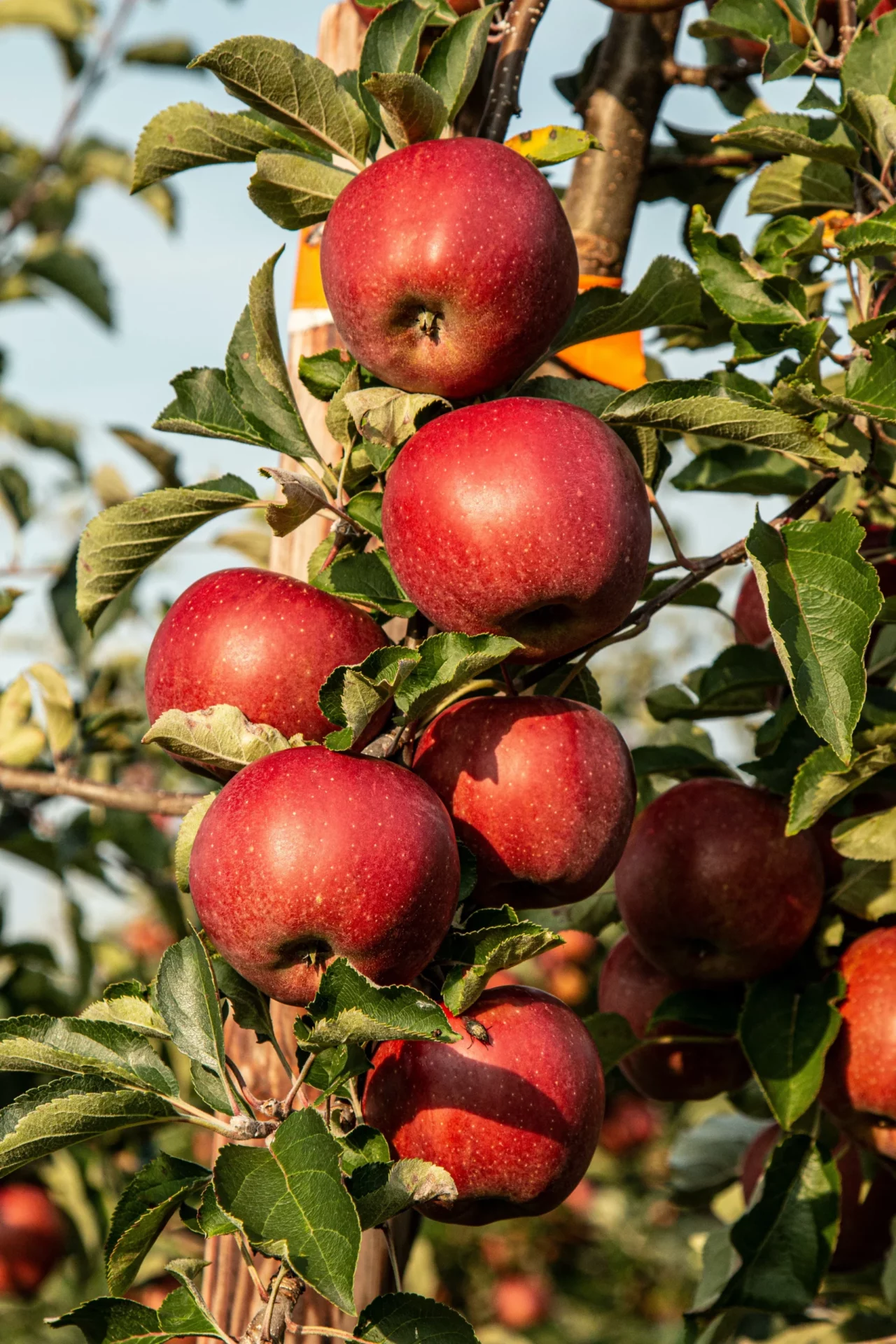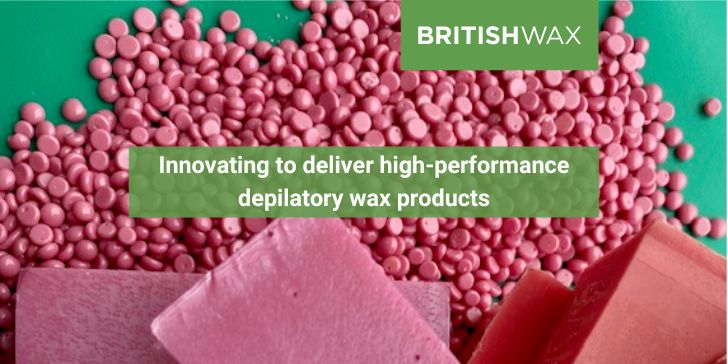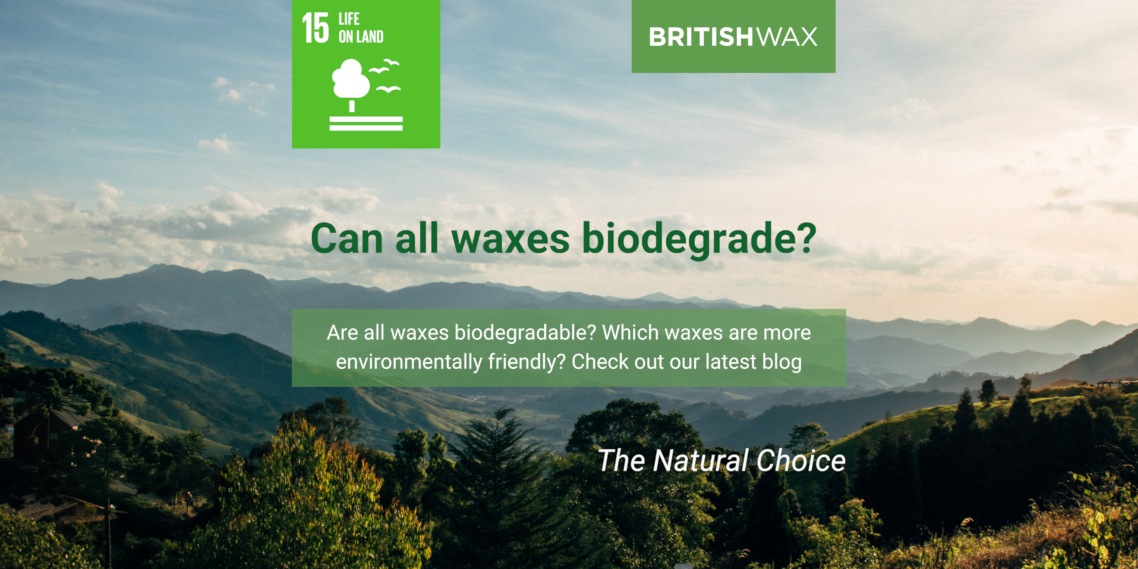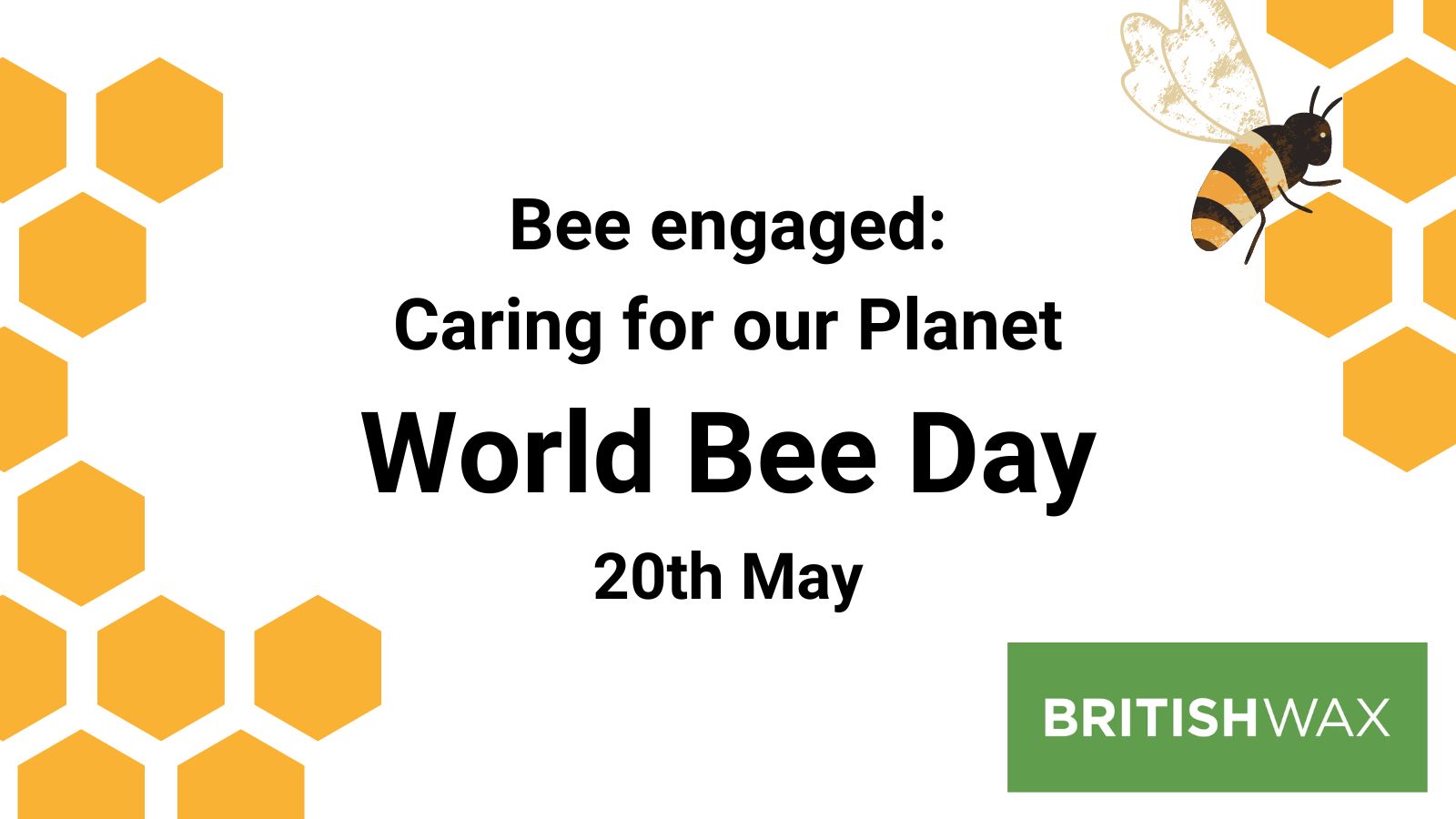Our Food Grade Waxes

Edible wax???
Yes!
But wait, don’t go and bite your scented candle and see what it tastes like. Edible waxes are very specific waxes.
Interestingly, the idea of waxing food is, in fact, just copying what already happens in nature.
A preserving layer of wax is naturally present on the skin of many fruits, like apples!
Vegetable-derived waxes like Carnauba (classified as E903 additive with the EU references) and Candelilla wax (E902 additive), beeswax (E901), some micro crystalline and paraffin waxes (E905) can be certified for human consumption (food grade wax), and some particularly high grade of waxes are also used in medical applications.
Without moving to clinical and medical settings, let’s have a look at some of the many uses for wax in the food industry:
- The first, most obvious, is for coating fruit.
Harvested fruit is washed thoroughly and the natural layer of wax is removed. A new coat of wax enhances the looks of the fruit, but it also helps the fruit retaining water (that’s the reason why fruits are naturally covered in wax in the first place), which in turn extends the lifespan of the fruit. Some wax coated fruits are Avocados, Bananas, Melons, even Grapes! - The second, slightly less immediate use of wax in the food industry?
More coating, cheese coating wax!
Waxing cheese started at least 100 years old, with red and orange for Gouda and Edam. Cheese wax is a food-grade wax, but contrarily to the fruit coating wax, cheese wax must be considered part of the cheese packaging and is not supposed to be eaten. This should be particularly evident with cheeses like Babybel, where a tear strip pops out of the wax casing. Modern cheese coating wax is designed to offer a great “unpacking” experience, cutting and separating easily from the cheese. Importantly, modern cheese wax allows to coat cheese in a huge variety of colors. Cheese is coated in wax to prevent mold growth, retain moisture… and to stand out. - A third, less known use of wax in the food industry is in chocolate.
Yes, “in” and not just “on”!
Some manufacturers actually mix chocolate and waxes. This seems to be more common in America and less popular in the EU. In both countries chocolate can be coated in wax to add shine and reduce melting. - Fourth? Chewing gum! Candies! The crunchy coating agent that you break with the first bite of a spearmint gum is also made with Carnauba wax. If you search the web for the additive codes at the beginning of this post, you’ll discover that wax is used in gummy bears too, and a range of other applications, including chocolate bars. Candelilla wax is also used in manufacturing chewing gum, while beeswax is also used in candies.
- Last but not least, did you know that wax is also used in food packaging?
In particular waxes are now being used for waterproofing paper parchment typically used for waterproofing cheese packaging. An innovative use of wax that we are proud to work with is to waterproof reusable, sustainable cotton food wraps alternative to cling film.
In general, food grade waxes are used as glazing agents, release agents, stabilizers, texturizers for chewing gum base, carriers for food additives (including flavours and colours), clouding agents, emulsifiers, stabilizers, and thickeners.
British Wax manufactures and distributes many types of food grade waxes.
If you have any project involving food grade wax, do not hesitate and contact us today.
Picture by Marek Studzinski – Unsplash
Recent posts

Developments in depilatory wax formulations usually aim to improve their effectiveness, reduce pain, minimise irritation, and enhance the overall customer experience.At British Wax, we are…

One aspect to consider in the sustainability of a wax is its end of life or the ‘grave’ in the ‘Cradle-to-Grave’ Life Cycle Assessments. Sometimes…

United Nations #worldbeeday #foodsecurity #climatechange #zerohunger Human activities pose an increasing threat to bees and other pollinators including hummingbirds, bats and other insects. Animal pollination…